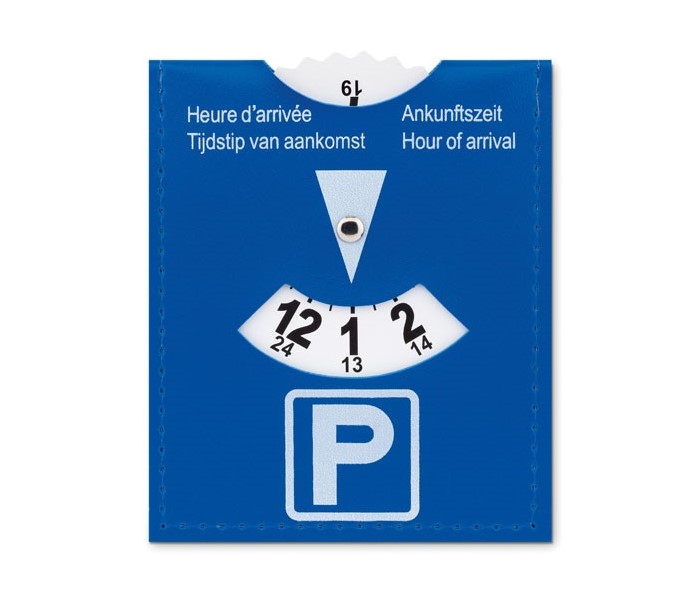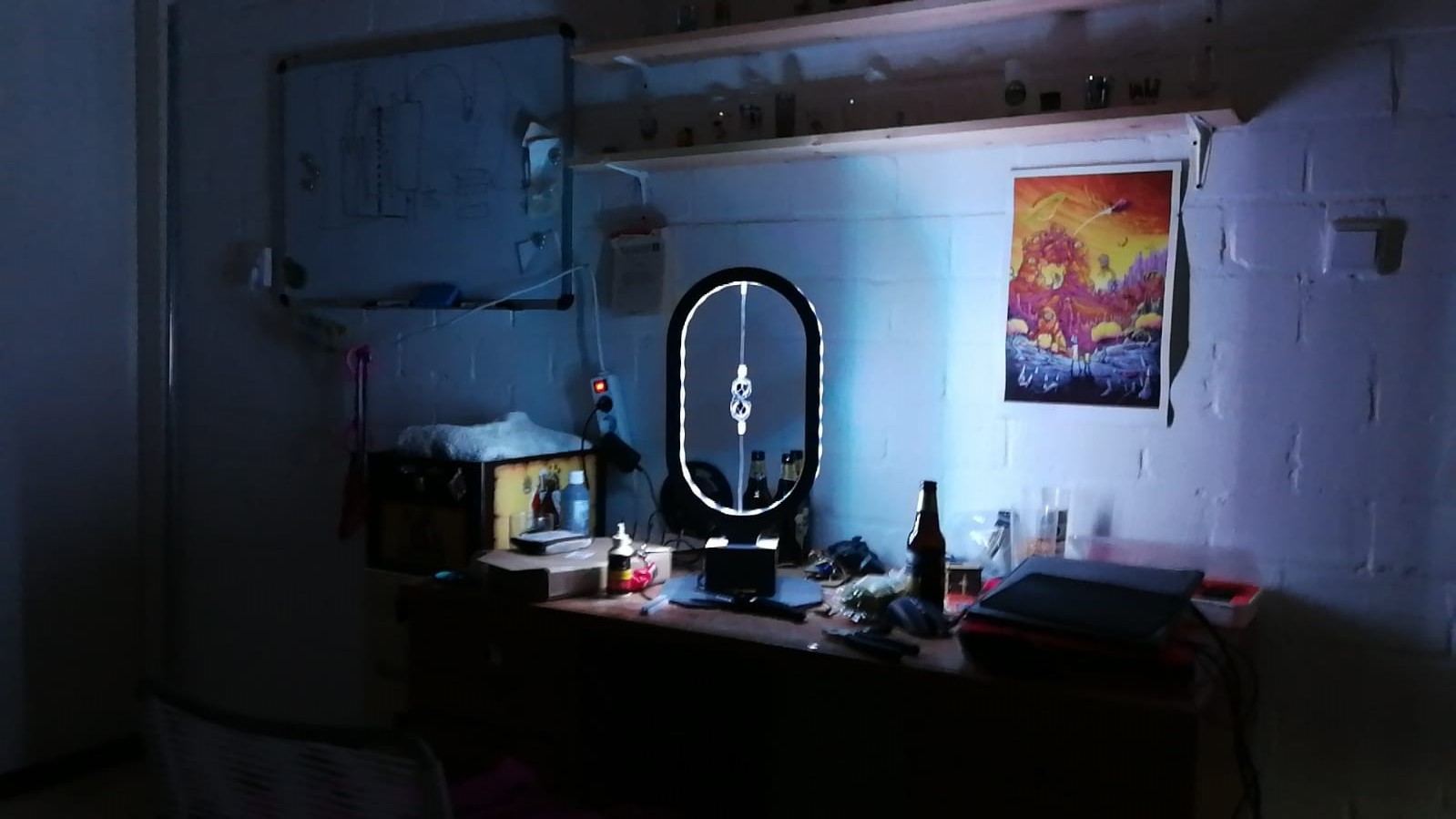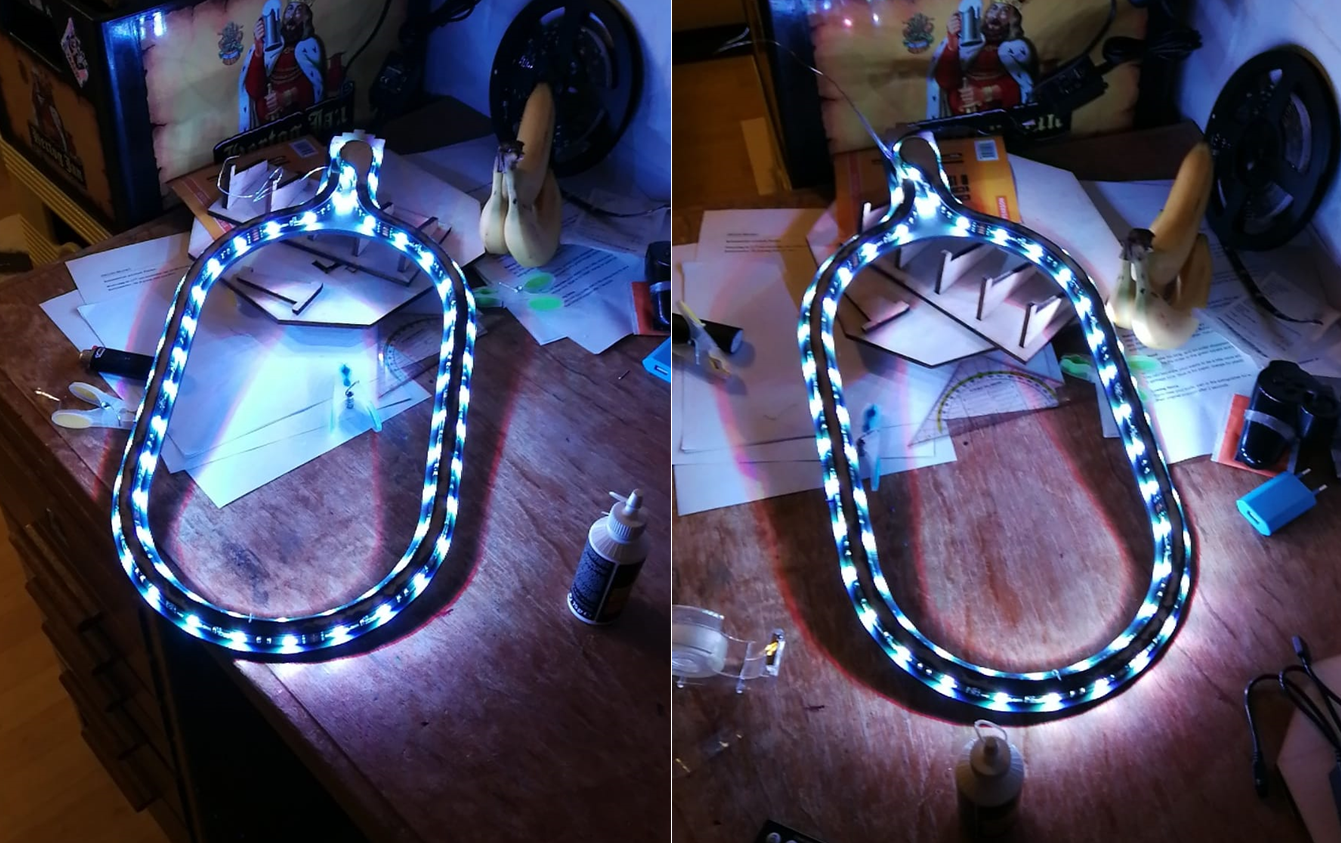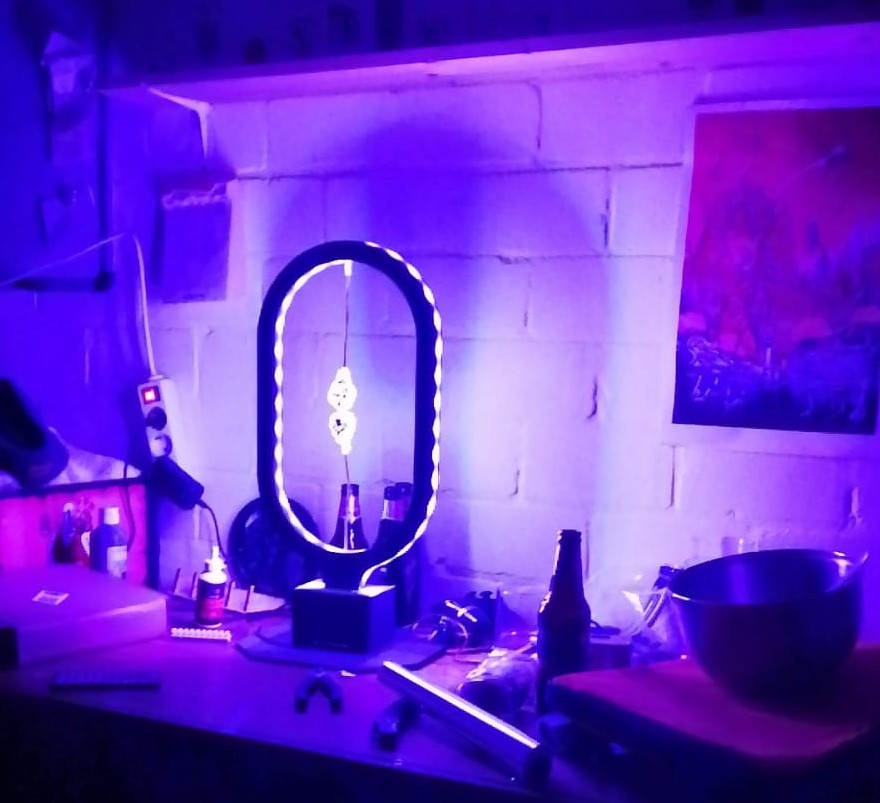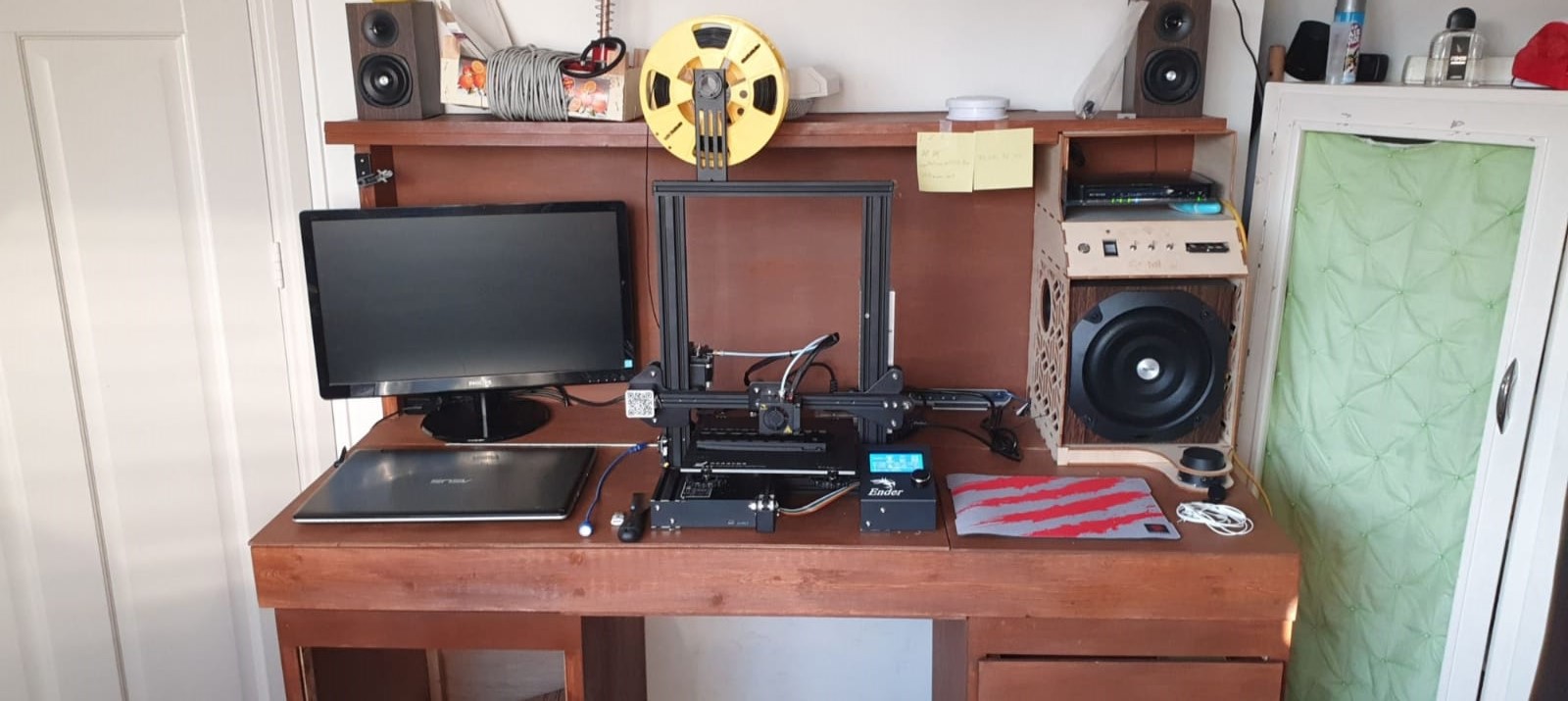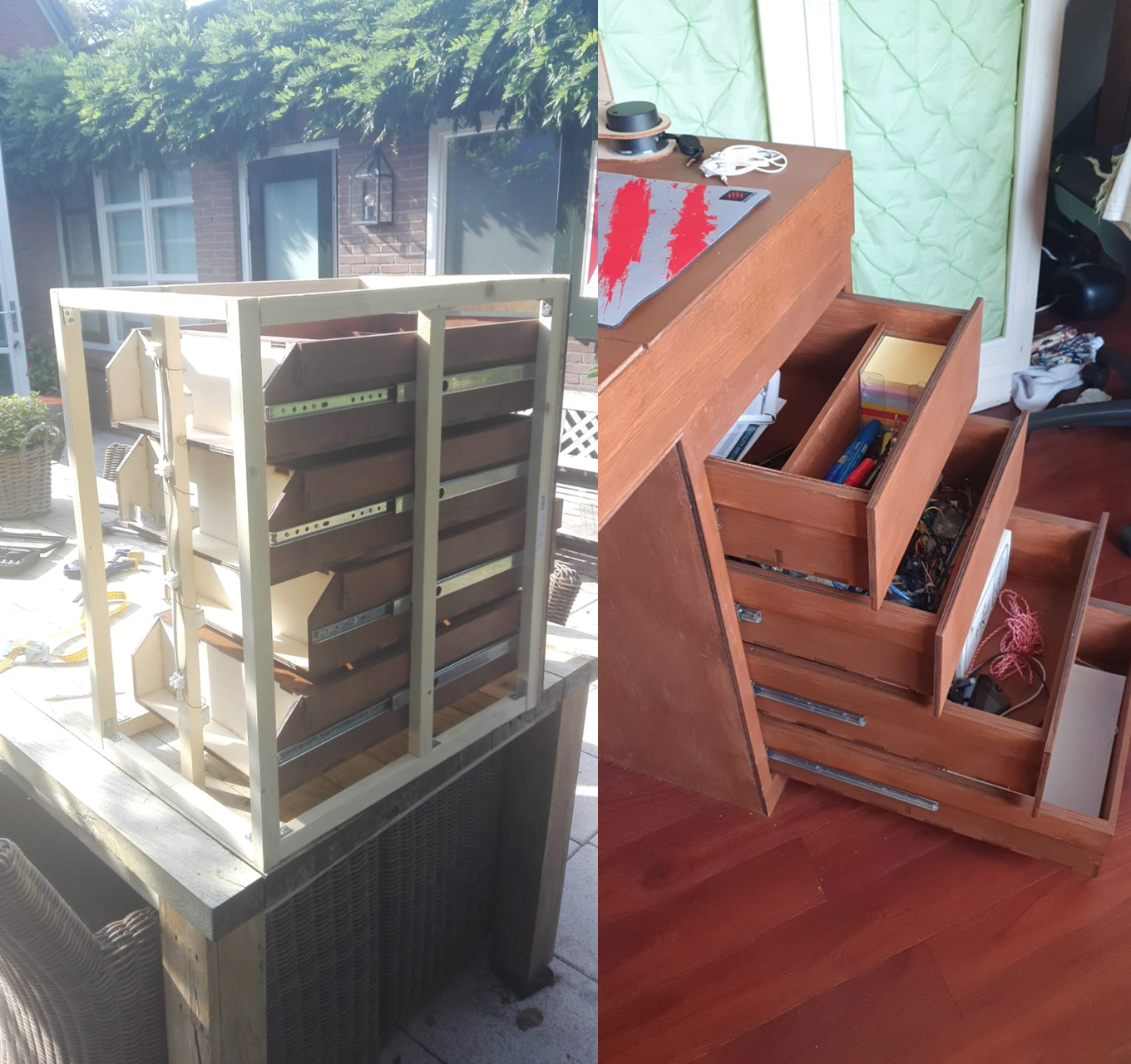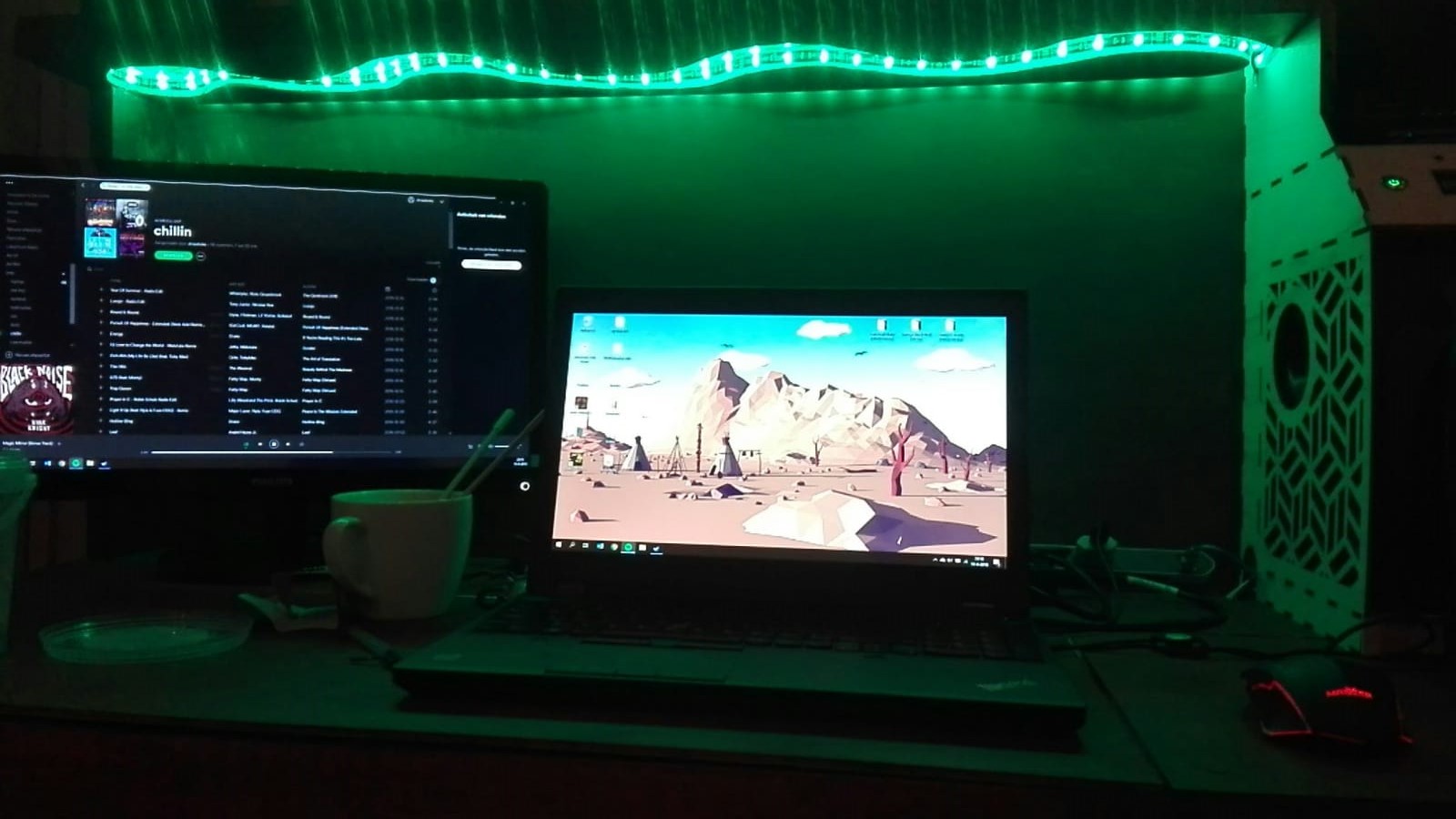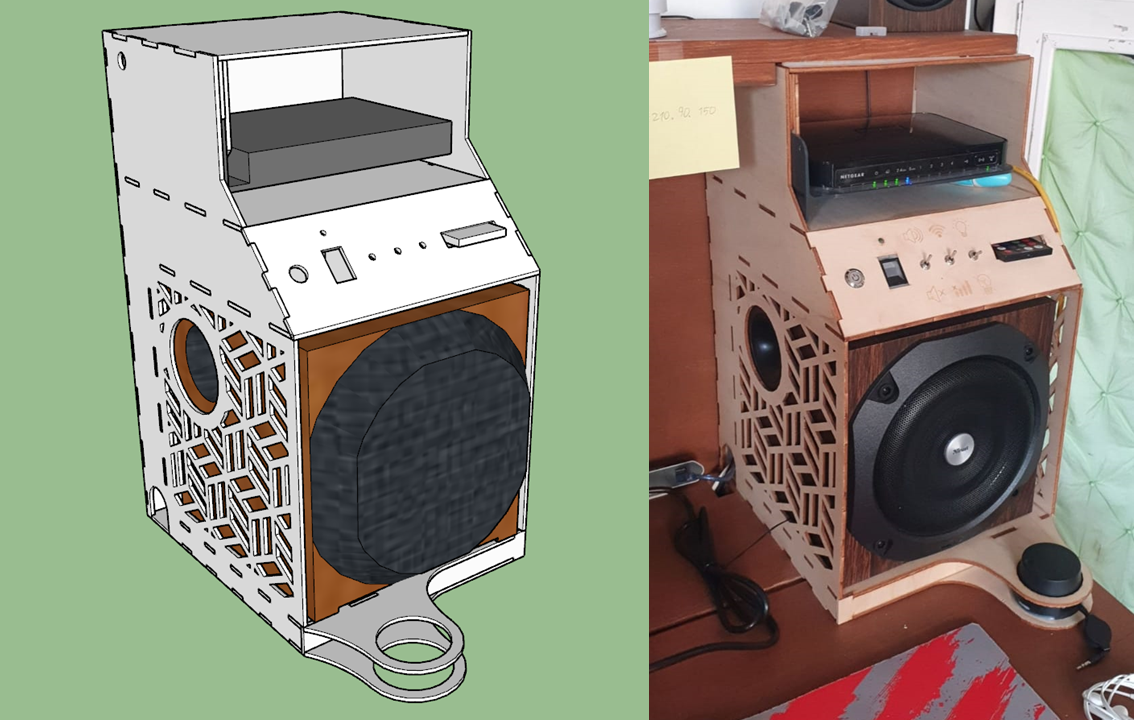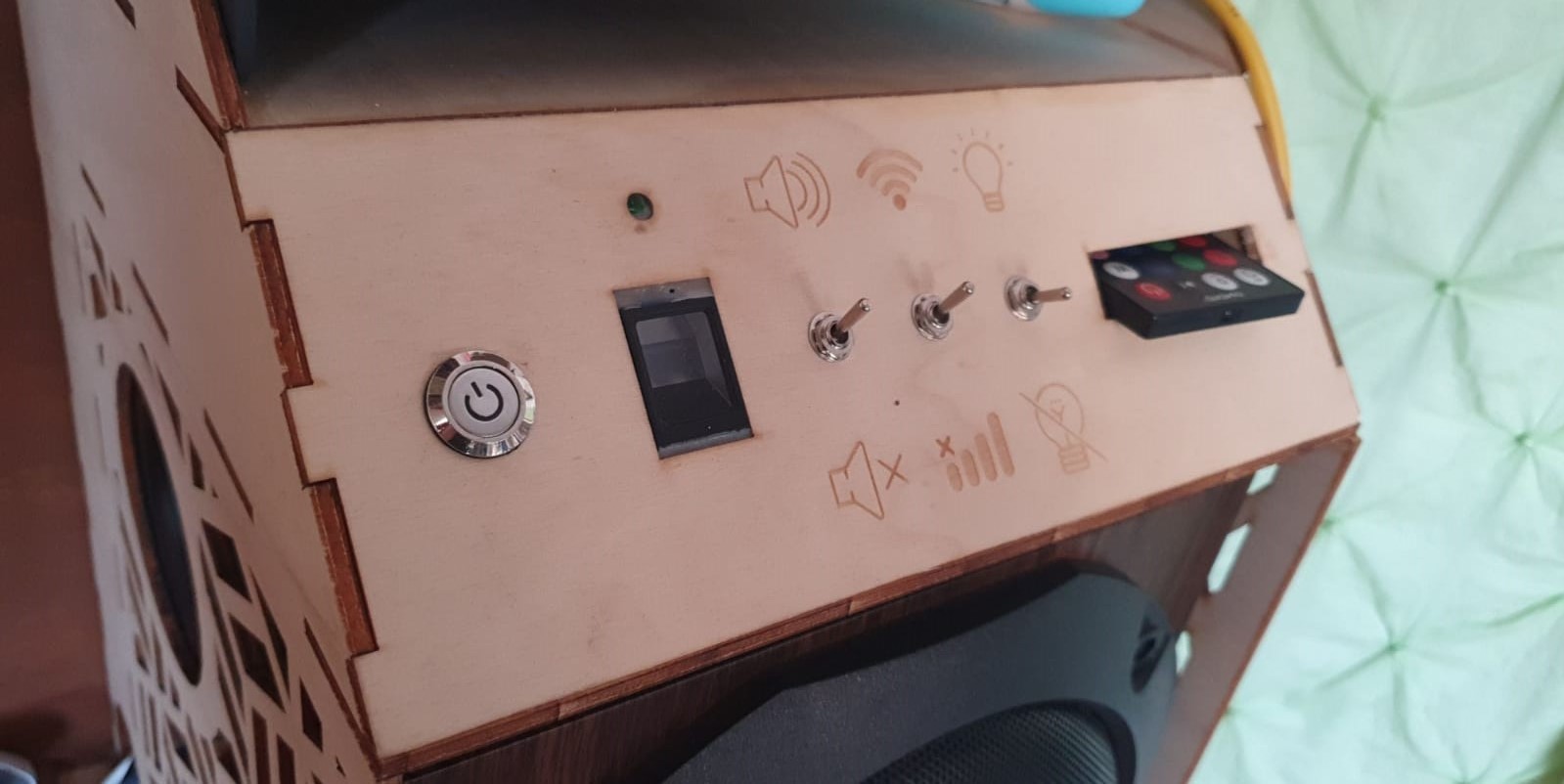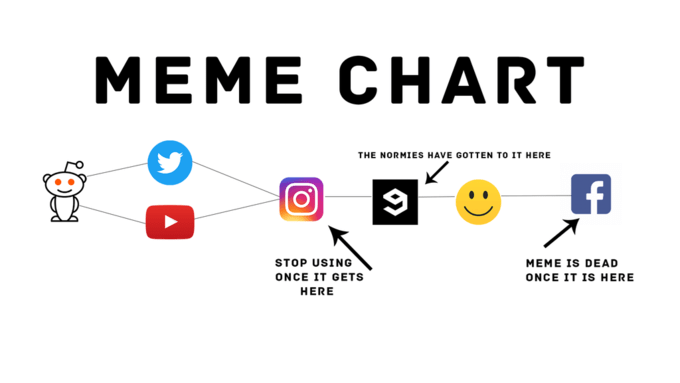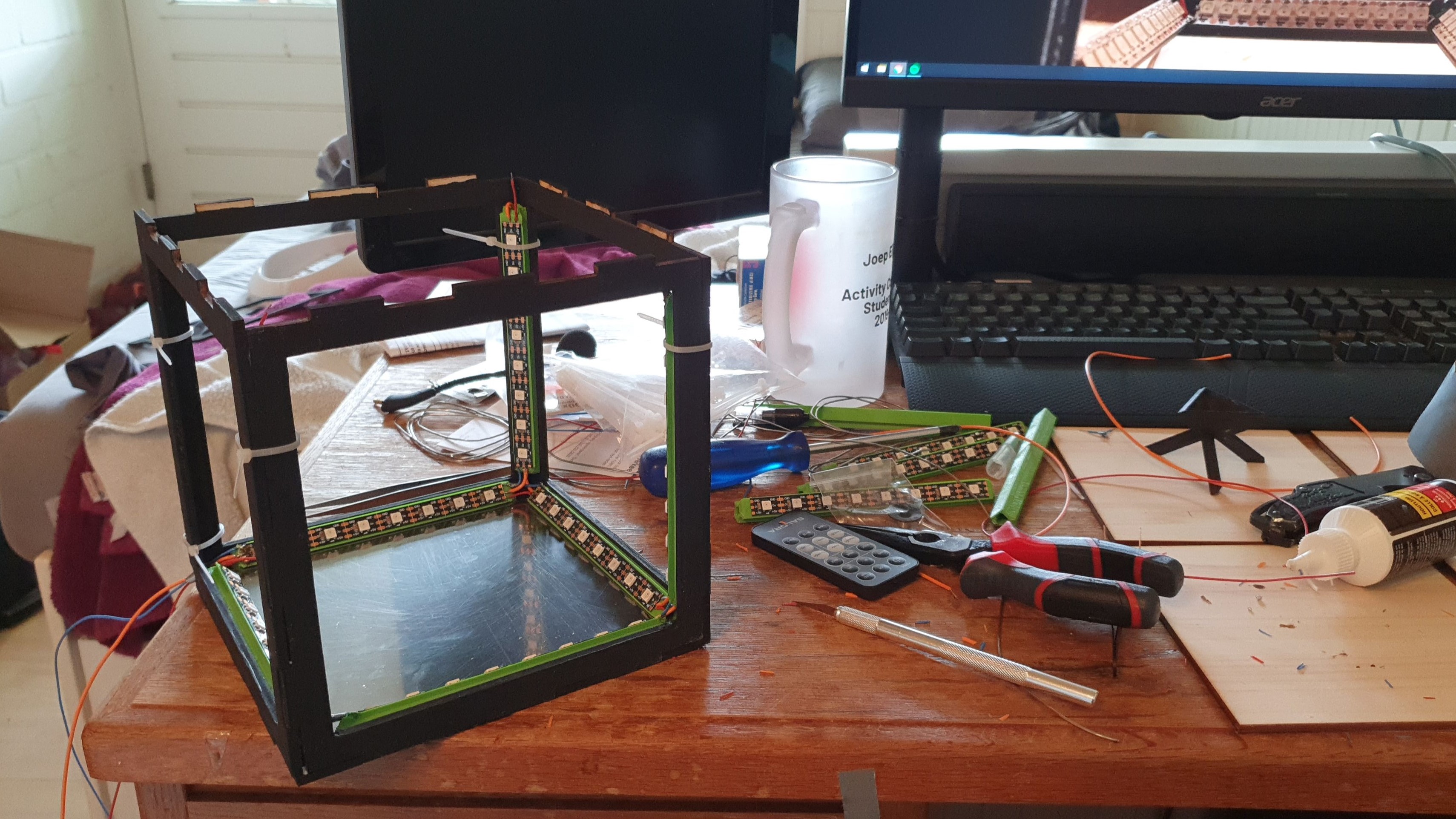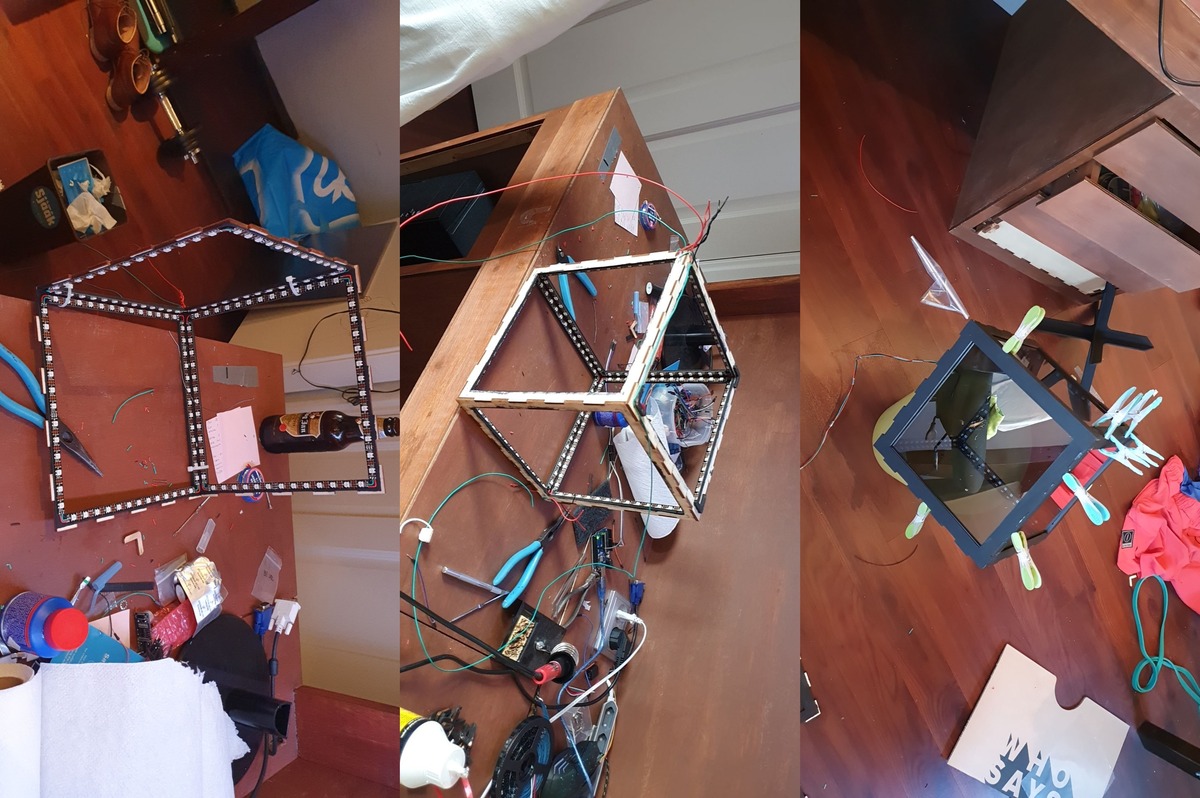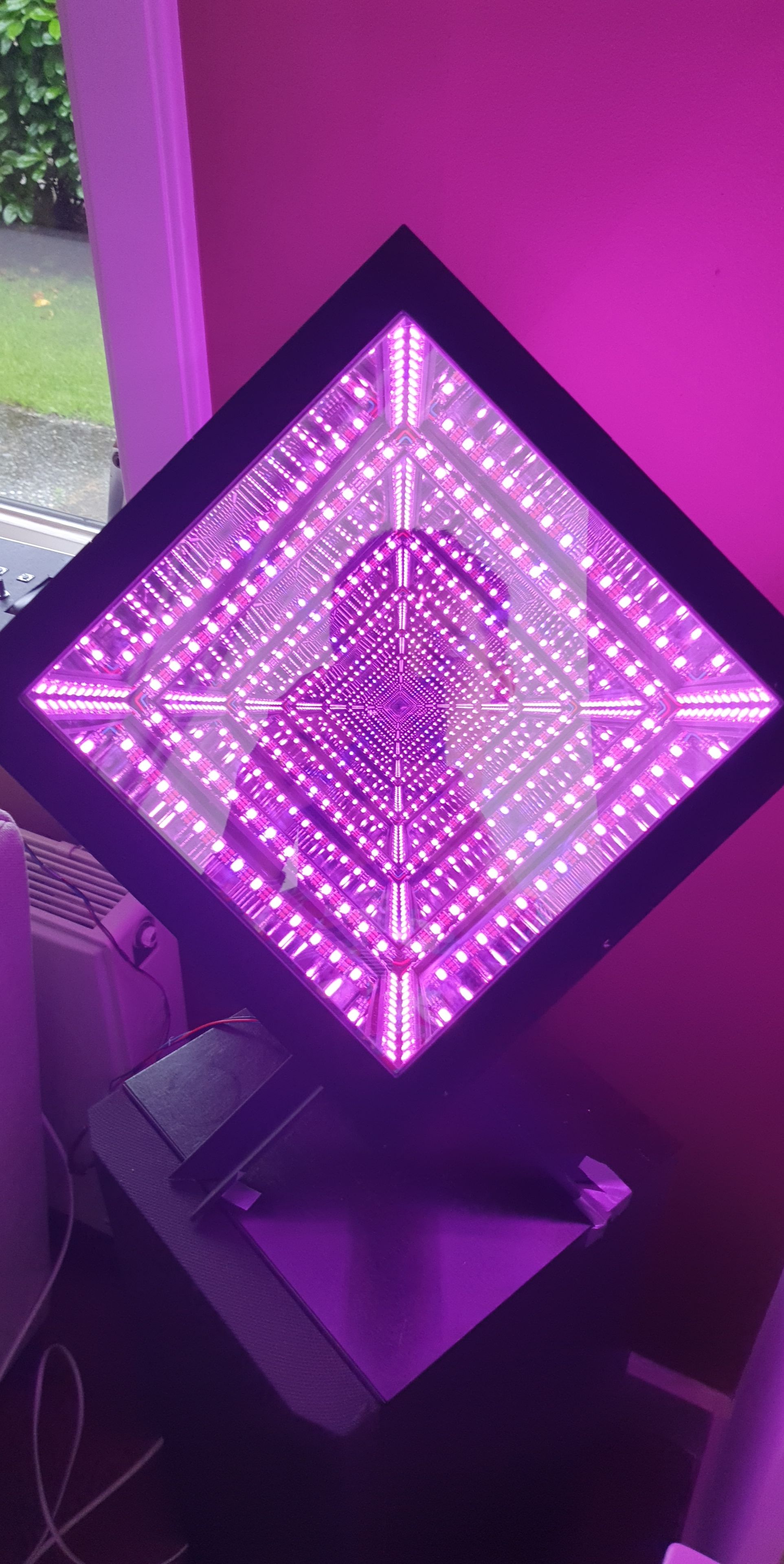Alright, so, what are we going to do about this problem? Well, I wanted to show these reposters how stupid it is what they're doing by automating the task. So, I wrote a Python script that automatically reposts memes from Reddit and gives credit to the OP of the meme as well. This would, hopefully, also make their existence less relevant, because there's now an alternative source of memes that doesn't post ads, isn't private, is quick and original, and gives credit to the original creators.
My memebot was originally planned for Instagram (@Reddit_Repost_Bot), but will also be on twitter as soon as Twitter approves my API request(@ReposterReddit).
The bot works as follows. First, I choose a subreddit to take a meme from. I have hardcoded a list of 7 subreddits (
'r/memes',
'r/dankmemes',
'r/PornhubComments',
'r/RareInsults',
'r/suspiciouslyspecific',
'r/whitepeopletwitter' &
'r/me_irl'
). The subreddit that we're going to take a meme from is chosen randomly, with weighted probabilities (the subreddits with more posts on average are more likely to be chosen).
From this chosen subreddit, we then take the post that is the "Hottest" at the moment. "Hot" is a good factor to choose a meme from for my bot. "Hot" relates to how quickly a meme is rising to the top, and usually contains memes which are upvoted a lot during a short period of time. These usually are original, new, and funny memes. We automatically ignore posts without images, video or gif posts, moderator posts, and nsfw posts. The bot also marks posts that it has visited already, and skips those posts the next time.
The bot will then automatically download the image from this post and resize it to be square. Instagram allows non-square images, but only within a small margin, so being square by default seemed easier. The bot also automatically generates a caption for the meme, consisting of the original title, the original poster, and a message stating that the meme is automatically generated by a bot. Now it's time to post it to Twitter and Instagram.



